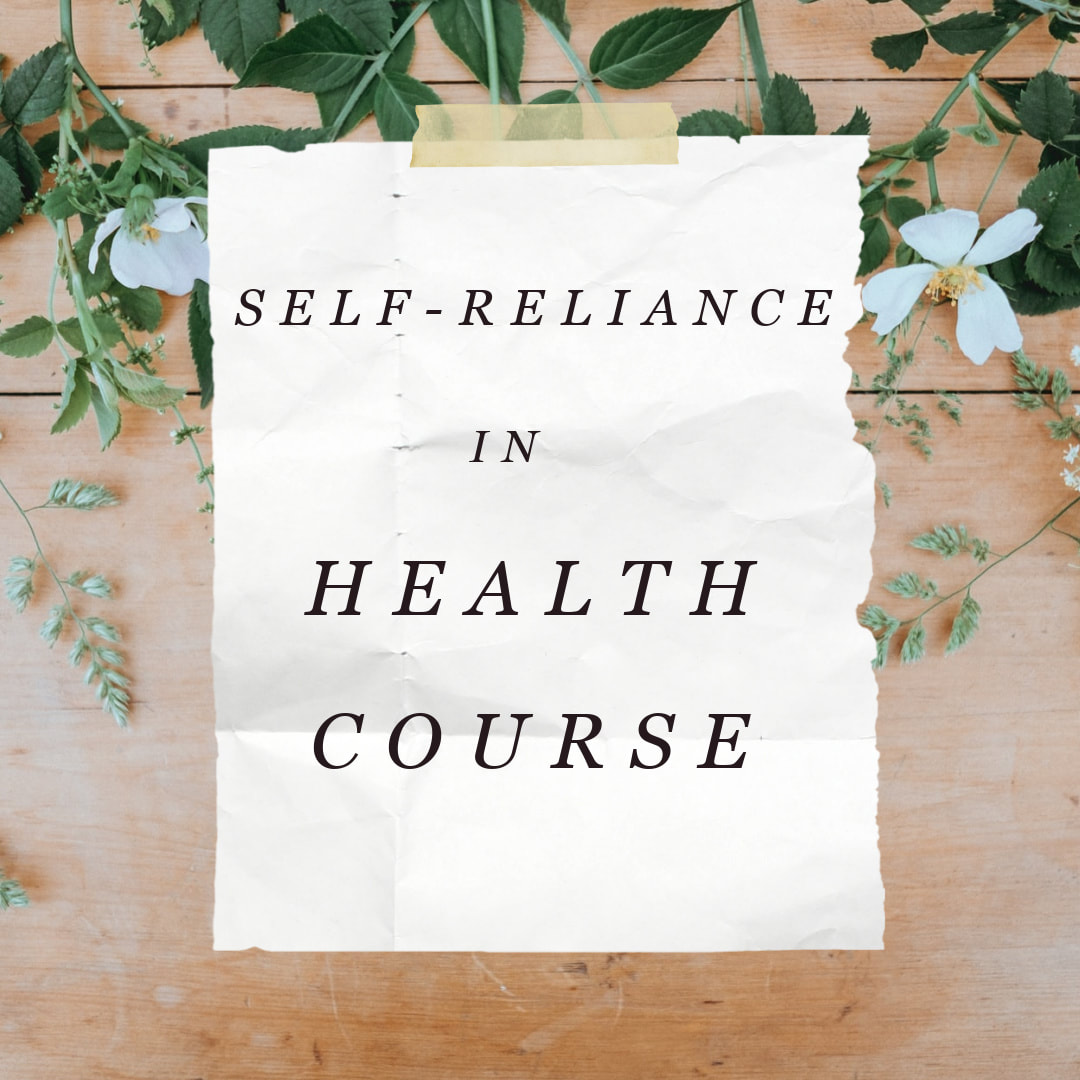Seed Starting and Propagation
Care
Companion Planting
Harvesting and Preserving
- Both should be harvested when young and tender as they tend to get fibrous and the beet woody as they mature. For beets, pull up on the greens when the root is about the size of a ping pong ball, both the greens and root can be eaten. Chard can be harvested when 6-9" tall, start cutting from the outer edge every week or when you want to eat them. If the leaves get too large they won't taste as good. (Several times I have let mine get to large and I will cut them, dehydrate and make into garden greens powder).
- Pickle and/or bottle beets.
- Beets can be washed and frozen for future use, as well as dehydrated.
- Chard can be washed, wrapped in paper towels and placed in a freezer bag for freezing.
- Make beetroot powder and frozen puree - just follow the instruction for making carrot powder, here.
- Swiss chard can be mixed with other greens, like kale and spinach and then made into a nutritious garden greens powder, here.
Nutrients and Other Uses for Beets and Chard
- Very high in nutrients, in fact they were once used medicinally to cure many ailments.
- Folic acid, potassium, calcium, betacyanin, iodine, sulfur, vitamin B's and C.
- Beets make a great natural dye and cosmetic coloring. You can apply fresh beet juice to your lips for a natural colorant or use beet powder mixed with equal parts arrowroot for a blush or eyeshadow. I love to use beetroot powder for coloring bath salts and bath fizzies.





























